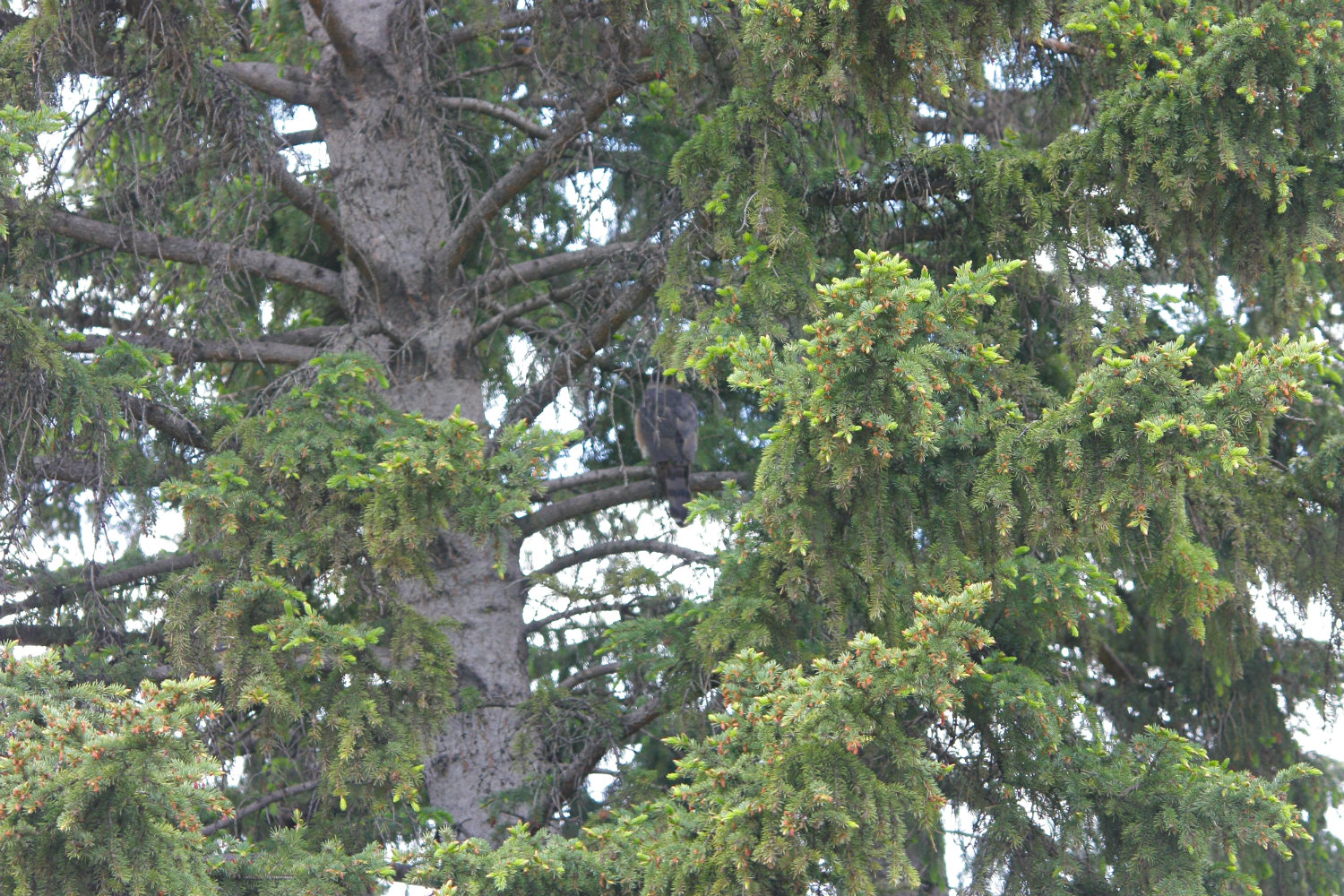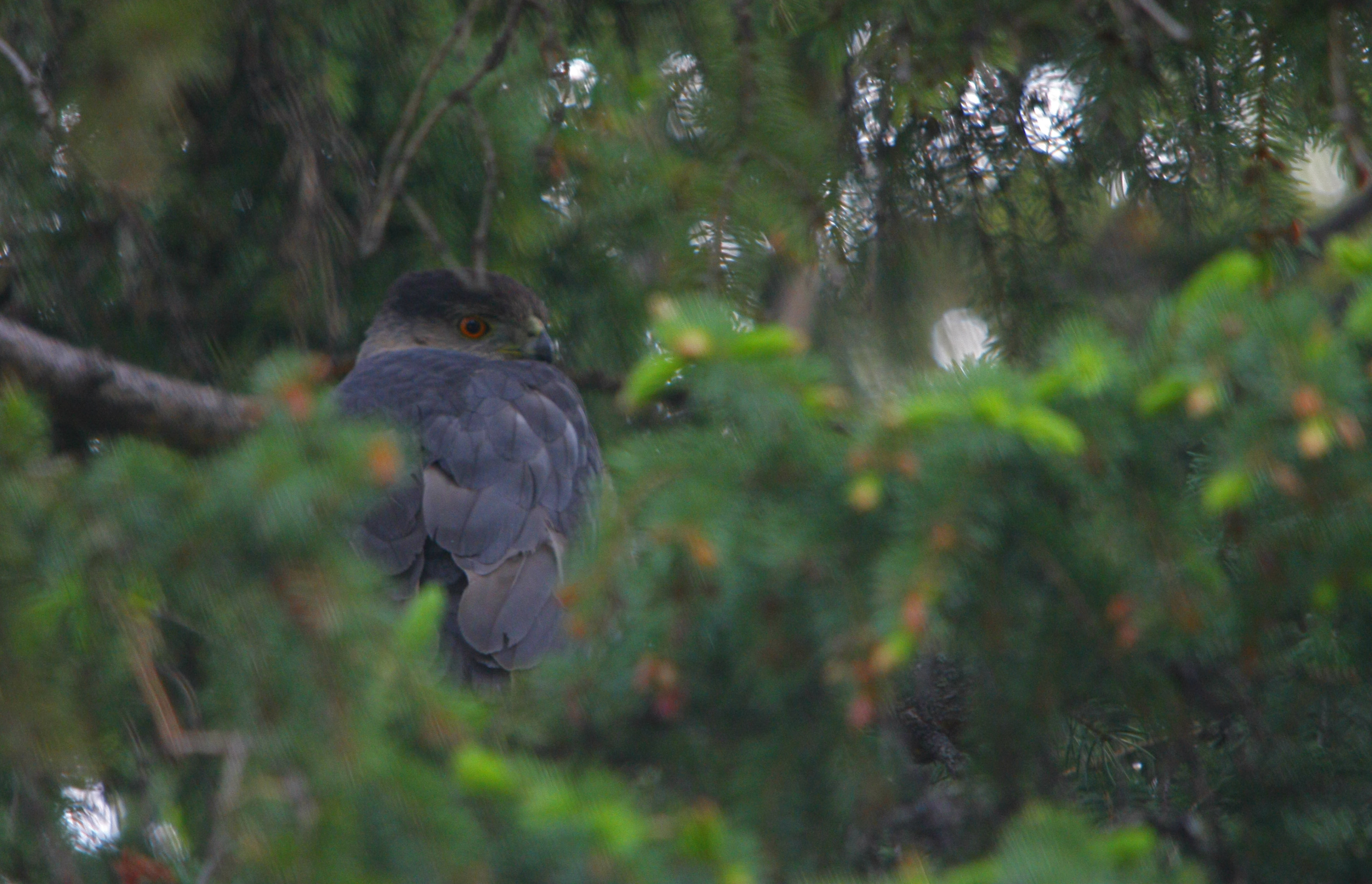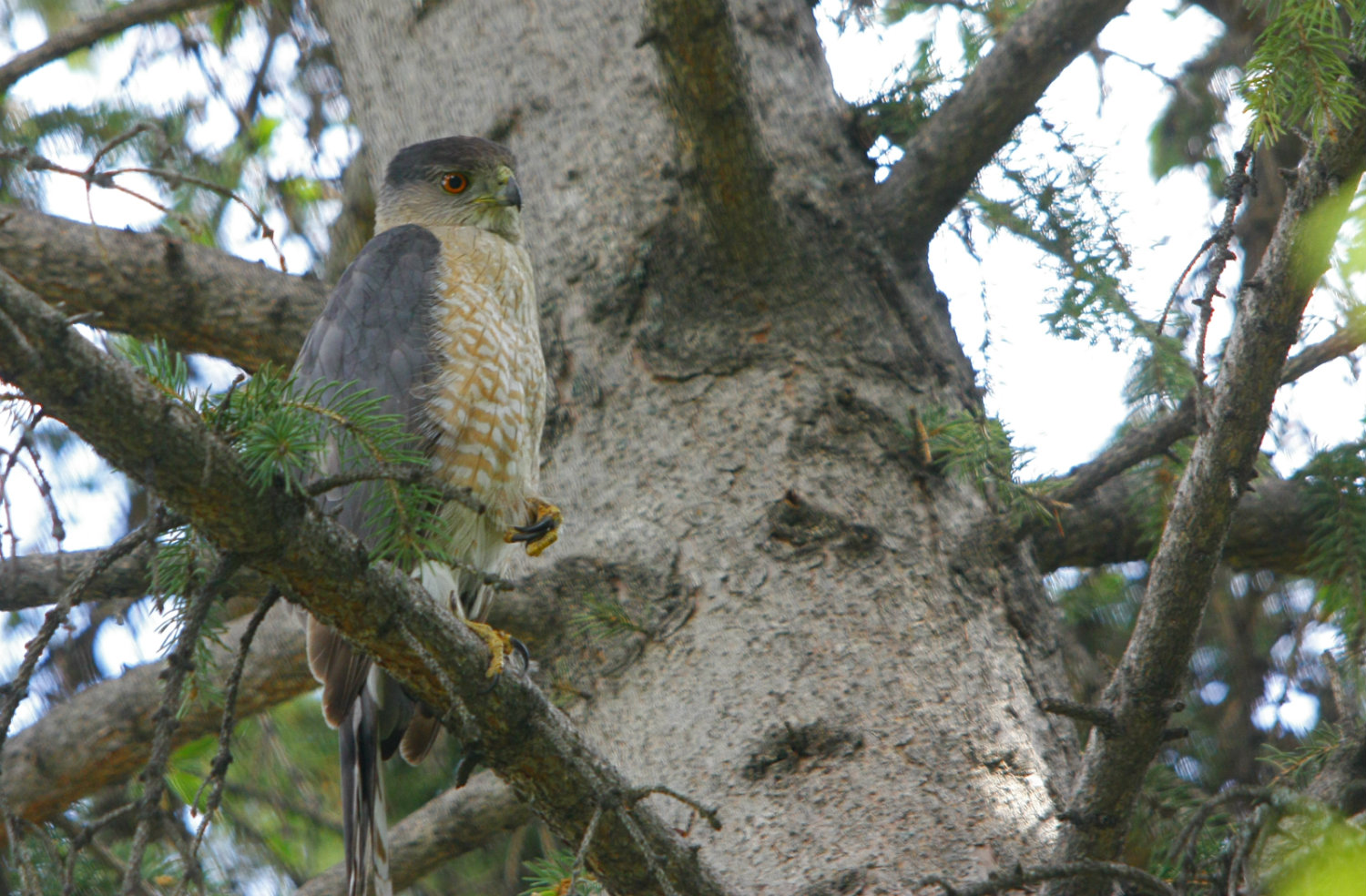Recently, some birding friends and I were in the mountains listening to the strange song of the Varied Thrush. While its song may not always be described as beautiful, its plumage is definitely gorgeous and we thought its name did not do justice to its beauty. One topic brought us onto the next and soon we were discussing Latin names. While many birders tend to overlook the scientific names of birds, these titles can be quite interesting though I know I certainly had trouble digesting all the taxonomy and etymology! If you enjoy wrapping your heads around this, read on! If you’re like me though, it may seem simply too much!
I was looking in the Federation of Alberta Naturalists ‘Field Guide to Alberta Birds’ (1998) when I noticed that the authors had the etymology (study of the origin of names) of the birds scientific names translated. However, before we get to etymology, let’s look at taxonomy (the classification of species).
All birds are in the Animal Kingdom (Animalia), the Chordata Phylum (with a backbone), and the Class Aves (birds). This is where the similarities stop though and the birds separate into their respective Orders such as Falconiformes (hawks and eagles) and Passeriformes (Passerines). Then, species are divided down into Families for example Parulidae (Wood-Warblers.) After the Families come the subdivisions of Genus and Species. These last two are used in the bird’s scientific name as binomial nomenclature, which describes the species of living organism. For example, a Red-breasted Nuthatch is Sitta canadensis. The word ‘Sitta‘ is the nuthatches genus and ‘canadensis’ is the name that specifically describes the Red-breasted Nuthatch. With the name Sitta canadensis, scientists everywhere know that you are talking about the Red-breasted Nuthatch. This is where the classification of species ends and we can look at the origin of the species’ binomial nomenclature and the etymology of the name.
Etymology, the origin of words can be fascinating. I found that some of the scientific names of birds were quite interesting, for example the Red-necked Grebe. This grebe’s genus name is Podiceps which is Latin and means “rump foot”, referring to the posterior position of the grebe’s feet. Its species name, grisegena, is also Latin and can be translated to “gray cheek”. Thus when we look at the whole scientific name and try to make sense of it, we might come out with something like “gray-cheeked rump foot”, which in itself, can be quite descriptive of the Red-necked Grebe.
Here are a few more bird names and their meanings.
Black-crowned Night Heron- Nycticorax nycticorax– nyctos: “night” and corax: “a crow”. Basically, a night crow!
Gadwall- Anas strepera– Anas: “a duck” and strepera: “noisy”. A noisy duck? Names like this really make me look at the species again as I never really thought of the Gadwall as a noisy duck.
Barrow’s Goldeneye- Bucephala islandica– Bous: “bull”, kephale: “head” and islandica: “of Iceland”. Giving us… “Bull-head of Iceland”. Interesting.
Bald Eagle- Haliaeetus leucocephalus– halos: “the sea”, aetos: “eagle”, leucocephalus- leukos: “white” and cephalus: “head”. White-headed Sea Eagle sounds descriptive!
Least Sandpiper- Calidris minutilla– Calidris: ” a gray speckled sandpiper”, minutilla: “very small”. Very small gray speckled sandpiper is right- these guys only weigh 24 grams.
Yellow-bellied Flycatcher- Empidonax flaviventris– Empidonax: “King of the gnats”, flaviventris: “yellow-bellied”. What a name! Yellow-bellied King of the gnats!
Tennessee Warbler- Vermivora peregrina– Vermivora- vermis: “worm”, voro: “eater”, peregrina: “to wander”. Wandering worm-eater perhaps?
Lark Sparrow- Chondestes grammacus– Chondestes: “grain eater”, grammacus: “striped”. Striped grain eater.
Lots of cool names in this book to look at though I must admit that some don’t seem to make much sense. I also find that I learn a lot about species when I know their Latin names as then it might tell me more, for example how Gadwall’s Latin name means noisy duck. Then you’ve got the neat names such as Empidonax meaning ‘King of the gnats’! Very interesting and worthwhile to know the scientific names!













































